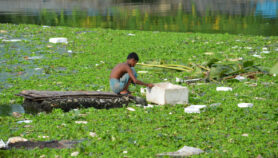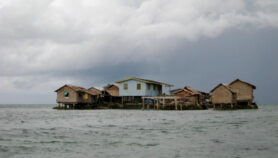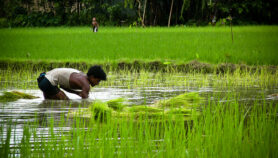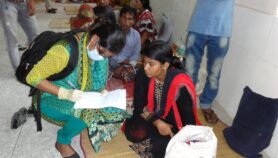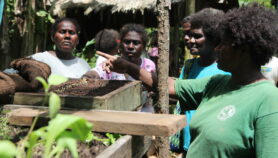20/08/20
Limited handwashing facilities cloud school reopening
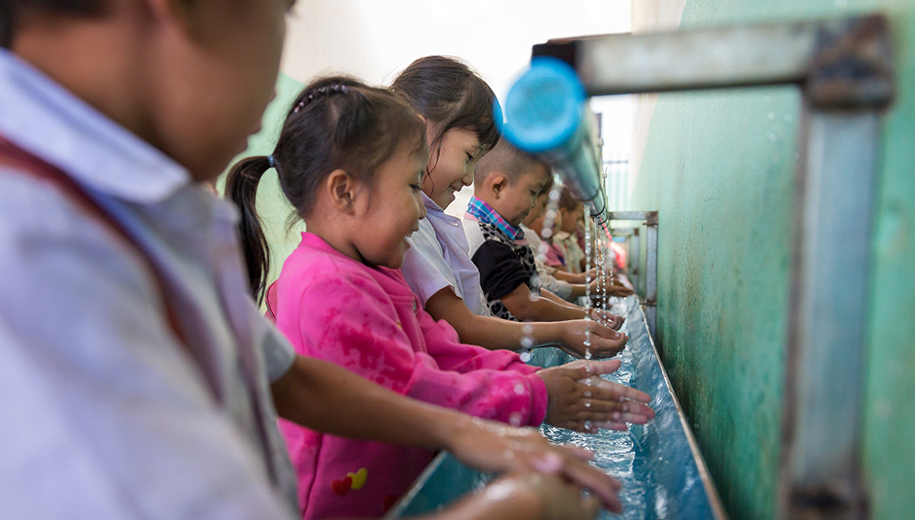
By: Sanjeet Bagcchi
Send to a friend
The details you provide on this page will not be used to send unsolicited email, and will not be sold to a 3rd party. See privacy policy.
[NEW DELHI] Prior to the COVID-19 pandemic, only two in five of the world’s schools had facilities for handwashing with soap and water, says a new UN report.
The report, Progress on drinking water, sanitation and hygiene in schools: special focus on COVID-19, raised concerns over efforts to reopen schools since assessments made in 2019 show that as many as 818 million children were in schools with no facility for handwashing — a key requirement to prevent COVID-19 infection.
“Politicians and major world organisations need to understand that [allowing] children [to go back to school safely] is an international priority and one of the most important problems to solve”
Danilo Buonsenso, Fondazione Policlinico Universitario Agostino Gemelli
According to the report by the WHO/UNICEF Joint Monitoring Programme (JMP) for Water Supply, Sanitation and Hygiene, handwashing facilities at schools were unavailable to 295 million children in sub-Saharan Africa and 264 million children in central and southern Asia. These children face an increased risk for COVID-19 infection, the report warned. The figure of 818 million was derived from JMP’s updated global database on drinking water, sanitation and hygiene (WASH) in schools during 2000-2019, which looked at 173 countries, grouped into eight regions on the sustainable development goals (SDGs) basis.
“The pattern [related to the availability of handwashing facilities] is not consistent [for public or private schools],” says Kelly Ann Naylor, associate director of UNICEF’s WASH programme. “In some countries, the conditions in private schools are better and the reverse is true in other countries.”
Naylor suggests measures, such as the cleaning and disinfecting of commonly touched surfaces and common spaces, installing more toilets or latrines and training teachers and non-teaching staff in hygiene and disinfection routines.
But for Debaroopa Bhattacharyya Panja, an educational consultant and founder and director of Tribe Tomorrow, a Kolkata-based non-governmental organisation working for social development of students, it is best to delay the reopening of schools. "We should wait until we have a vaccine against this virus before we let our children return to their schools and colleges.”
For those set on reopening schools, Danilo Buonsenso, a paediatric infectious disease specialist at the Fondazione Policlinico Universitario Agostino Gemelli, Rome, Italy, suggests that physical distancing as well as larger open spaces for teaching should be maintained at schools.
Buonsenso tells SciDev.Net, “Politicians and major world organisations need to understand that [allowing] children [to go back to school safely] is an international priority and one of the most important problems to solve. Funds to achieve this must be prioritised.”
According to the UN report, a third of schools across the globe had limited or no drinking water services for children. However, the report also cited some positive gains.“In central and southern Asia, the proportion of schools with no hygiene service decreased from 46 per cent in 2015 to 23 per cent in 2019,” said the report. “This has largely been driven by progress in India and Bangladesh, which have both halved the proportion of schools with no hygiene service over this period.”
This piece was produced by SciDev.Net’s Asia & Pacific desk.




